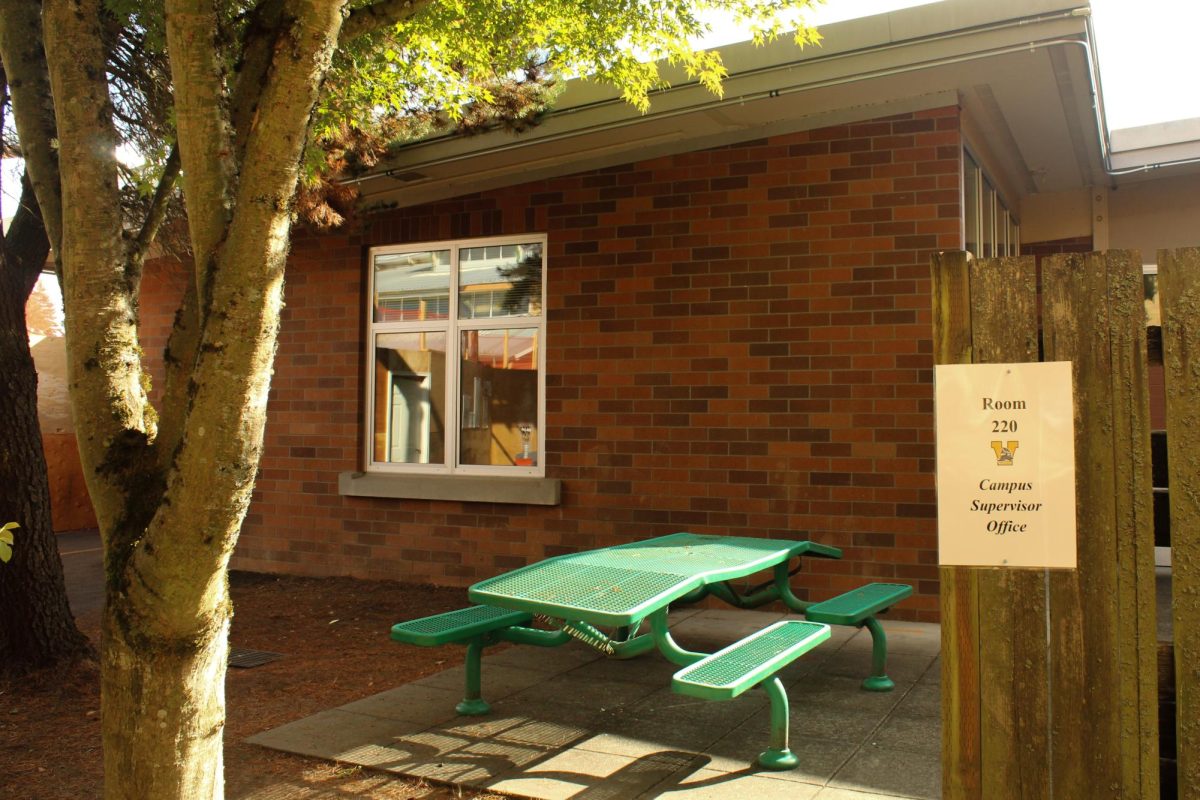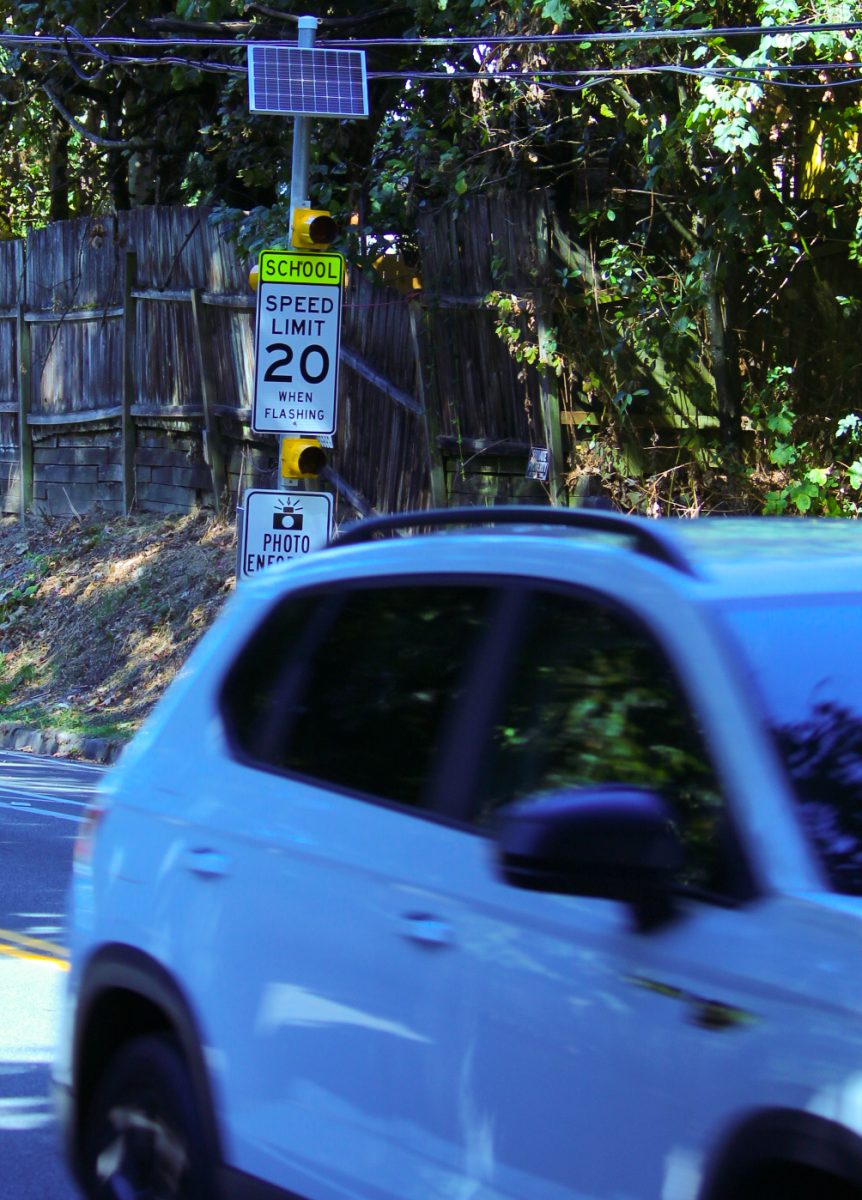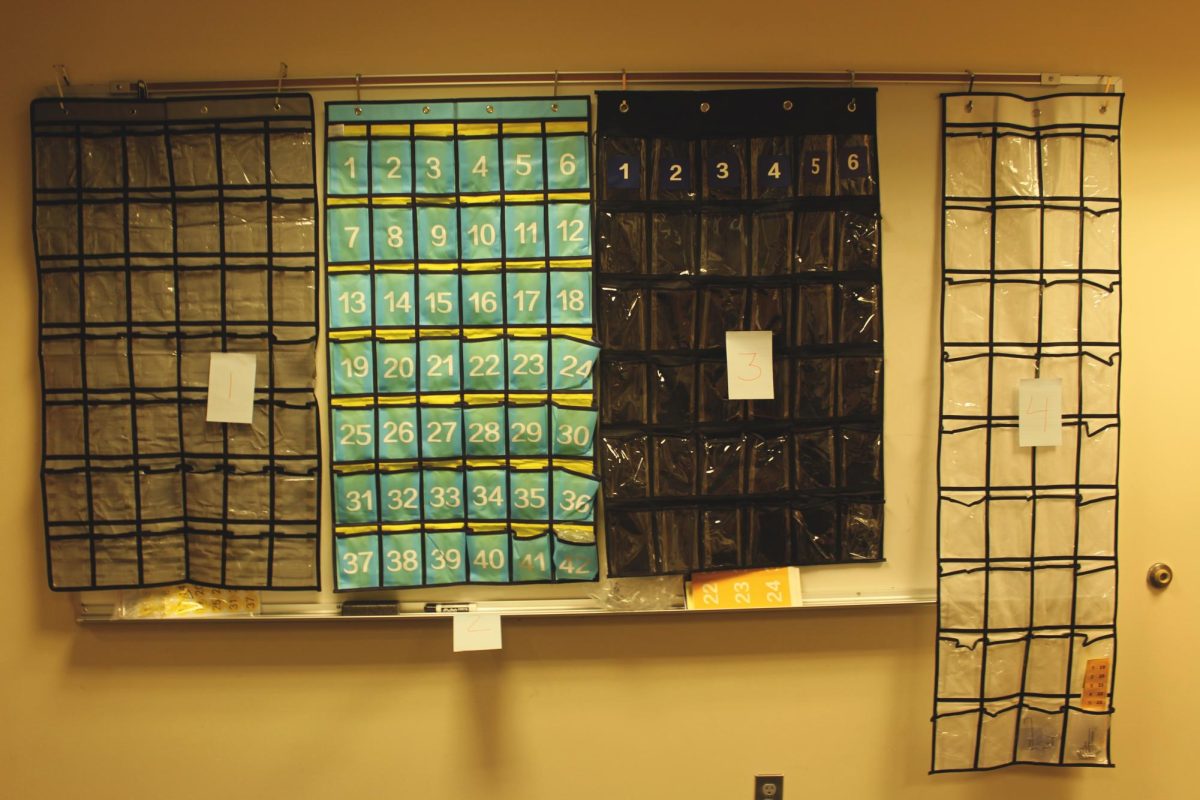State and city budget dilemmas
Over the next four years, Washington is projected to face significant budget shortfalls estimated between $12 billion and $15 billion. Largely caused by declining revenue, rising inflation, higher costs for state services and growing workforce costs, former Governor Jay Inslee and Governor Bob Ferguson have both proposed budget outlines to reduce state spending by a combined total of $7 billion over the four years. Inslee’s plan — endorsed by Ferguson — aims to preserve critical state services while cutting state spending by $3 billion. These critical services include the maintenance of investments in public safety, homelessness and housing assistance.
One of Inslee’s most significant proposals was a 1% tax on worldwide wealth exceeding $100 million, which would affect approximately 3,400 Washingtonians and generate $10.3 billion in revenue over four years. Another key measure was an increase in the business and occupation tax affecting approximately 20,000 businesses earning over $1 million annually. The tax would see a 20% increase from October 2025 to December 2026 and a 10% increase starting in January 2027 after being reverted back to pre-October 2025 rates, raising an estimated $2.6 billion over four years. To slow spending, Inslee’s plan also included a statewide hiring freeze for nonessential government positions, delays in program expansions and reductions in discretionary grants.
On Feb. 27, Ferguson announced that Washington had paused nonessential programs, delayed expansions and implemented a statewide spending freeze. Since taking office in January, Ferguson built upon Inslee’s budget proposal, focusing on government efficiency, program reductions and scaling back spending commitments. His reductions in government spending focus on targeting non-essential services. For instance, having the Department of Ecology and Department of State Parks share office space is estimated to save $2.4 million over four years, and closing a unit at the Special Commitment Center due to declining population will save an additional $4 million. Ferguson has also proposed to maintain investments in public safety, homelessness and housing assistance and Medicaid eligibility for all Washingtonians. A major aspect of Ferguson’s proposal to reduce spending is to mandate one day of unpaid leave per month for state employees for the next two years. While certain public employees such as state troopers and prison and state hospital staff will be exempt, this proposal will save an estimated $300 million at the expense of state employee income.
With the state budget still facing a multi-billion-dollar gap, legislative negotiations will determine the final spending plan. Lawmakers must pass a final budget by April 27. While Democratic legislators have generally supported Ferguson’s plan, Republican lawmakers have raised concerns that increased taxes could drive businesses and high-income individuals out of the state. Nonetheless, Ferguson has positioned his budget proposal as a necessary step to protect essential services while ensuring fiscal responsibility. He has acknowledged that balancing the budget will require further negotiations and potential additional spending cuts.
At the local level, Kenmore is also facing financial constraints. Due to high inflation, unfunded state and federal mandates, relatively flat growth in revenue and the state constitution-imposed 1% limit on property tax increases, the city’s operating revenues are not keeping pace with its operating expenses. The city projects a net loss of $3.5 million for the 2025-26 fiscal year, reducing its fund balance from $11.8 million to $8.3 million. To address this deficit, Kenmore plans to introduce new revenue sources. Given its strong financial reserves, Kenmore will be able to tolerate a multi-biennium strategy, as recommended by the community-led Financial Sustainability Plan Task Force. Kenmore has introduced property tax increases, higher sales tax projections and expanded traffic photo enforcement. The city expects to generate $2.3 million in additional revenue in 2025 from photo enforcement alone, growing to $3.15 million in 2026 as additional cameras are installed. Additionally, new surface water utility taxes and increases in gas and solid waste utility taxes are expected to bring in extra funds. Kenmore City Council member Nathan Loutsis (he/him) said the recommendations made by the FSP Task Force will help balance the deficit and eventually recoup the funds lost from the reserves.
“It’s a little bit of a cycle, and that’s pretty normal,” Loutsis said. “I think there are a lot of governments who have to dial back and use some reserves and other years they don’t have to. A lot of it depends on the economy and different economic factors and revenue factors.”
While the city and state are still projected to end the fiscal year in a budget deficit, both have implemented significant strategies to mitigate financial strain while maintaining essential services.
“The city does prioritize maintaining a sustainable financial state and budget,” Loutsis said. “So there are times in which there may be a deficit, but with our long-term financial planning, we do aim to address that and continue to be in a safe and stable financial state.”
Impact on education
Ferguson also introduced several education-related initiatives to save costs, such as a reduction in underutilized peer mentoring grants and a pause on bonuses for National Board-certified teachers, which would save over $150 million over the next four years. According to the Washington Education Association, teachers spend an average of 400 hours of their own time acquiring the certification. National Board-certified teacher Elizabeth Lund (she/her) said that teachers spend their own money to purchase materials for their classrooms and that the $5,000 annual bonus for being certified — now set to be reduced to zero in the 2025-26 school year — helps offset these costs and earn additional income.
“It’s frustrating because we’re doing important work, and a lot of times we don’t feel very valued,” Lund said. “We don’t feel like we can depend on the state or the district or any of that, but we should be able to.”
Ferguson said K-12 funding remains a top priority. His proposal maintains Inslee’s commitment to funding school nutrition programs, preserving student financial aid and maintaining special education services. However, Ferguson also chose to keep Inslee’s pause on bonuses for National Board-certified teachers and recommended further spending reductions in higher education, including minor adjustments to faculty and staff compensation requests at state universities.
Despite these financial hurdles, Kenmore remains committed to supporting critical education and youth mental health services. For this biennium, the government continues to provide funding to the Kenmore Middle School Kitchen Table after-school program and the Northshore Schools Foundation’s Removing Barriers program, which provides food, backpacks and other support to families in need. Beyond the general human services grants, Kenmore also remains committed to subsidizing one-time education programs. Made possible by the American Rescue Plan Act — which provided $6.4 million to Kenmore in 2021 — the city partnered with NSD to fund the Cascadia College Catch-Up Learning Program operating through Inglemoor and the Center for Human Services School-Based Mental Health Program at Kenmore Middle School.
In a joint city council meeting with NSD on March 3, Housing and Human Services Manager Tambi Cork said the program offered through Cascadia is set to support 100 students at Inglemoor through both in-school and summer sessions.
“We’re very, very fortunate to have (Cascadia College) in our backyard providing a range of excellent programs in the community,” Cork said. “The intent is really to assist students whose education was impacted by the pandemic so that they can successfully transition into post-secondary opportunities.”
While the program is slated to end after the 2025 summer session in August, Cork said the city council will continue working with Cascadia for future opportunities to support programming for student success.
During the 2023-24 school year, Kenmore funded a set of Human Services staff at Inglemoor, providing individual, group and family counseling to youth and families within the school at no cost. For the 2024-25 school year, this program has transitioned to Kenmore Middle School. Cork said that the center eliminates barriers that young people face to mental health care access.
“They’re continuing for this year, and they’ve been budgeted for this next biennium,” Loutsis said. “It’s too soon to tell on the future of what our budget looks like in those programs, but I believe that it certainly is the intention and hope of the council to continue supporting our community members.”










